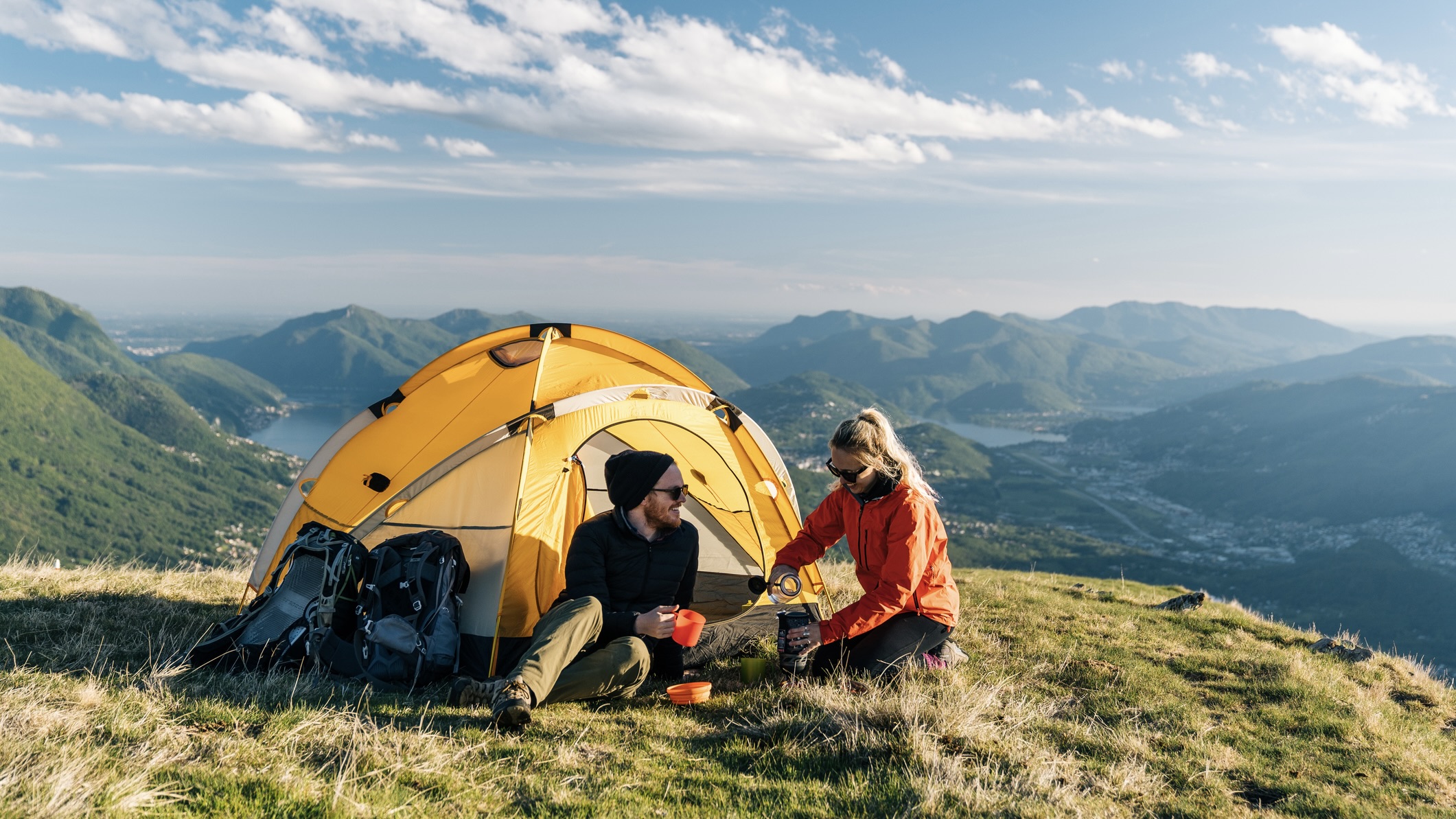If, like many people, you are keen to reduce your environmental impact, making your camping more sustainable will appeal. As with any activity, camping has the potential to be damaging to the environment in a number of ways, such as generating carbon, which is known to be harmful to the planet, and creating waste. In addition, leaving waste or causing damage to the landscape can impact the environment.
Here we share 10 easy ways to make your camping more sustainable. The process of manufacture can have a negative impact on the environment. For example, items such as , , and more have a range of eco-damaging costs in terms of carbon output and water use.

There is also a negative impact of transportation of the resources to make the goods and then to deliver the items to retailers and on to consumers. Buying good quality items that will be long-lasting and only making purchases when you really need them is key to making your camping more sustainable. If you do need new items for camping, why not search for ? Making use of camping items that are still in good condition but unwanted by someone else, reduces the impact of manufacturing new items and also reduces the waste produced by someone throwing kit away.
If you have camping products that are not being used, rather than throwing them out, you should consider if you can sell them second-hand or exchange with another camper for an item you need. Landfill sites have been shown to have and we can each reduce waste and do our bit for the planet by cutting our personal trash. Even if there are items that you feel are past their best for your purposes, there might still be people that will potentially benefit from them.
You could give these items to charities and organisations that . When buying camping equipment, you should look at the labels to see if they are made with environmental considerations. You should beware of , but being educated – take a look at and , for example – about what is “green” and what is not will help you to choose products that are better for the planet.
Look for eco-friendly labels indicating that products are made with recycled fabrics or parts. Some brands are accredited by eco-friendly certification, such as , B Corporation, Fairtrade and Climate Neutral. Also try to find out if products are made with , rather than processes that use Perfluorocarbons (PFCs), which are man-made compounds containing fluorine and carbon.
PFCs have been shown to be that contribute to the increased greenhouse gas effect. If you are starting out as a camper, or you are thinking about changing from campsite camping to , it could be a good idea to borrow the camping kit from a friend and give it a try first. You could ask to borrow a tent, sleeping bag, inflatable mattress and – if you then find that you enjoy camping, you can invest in your own equipment.
By sharing camping equipment among groups of people, you reduce the environmental damage of manufacture. It’s unlikely you will be washing your tent that frequently, but some people will be keen to clean their sleeping bag and other camping kit such as clothing. You could use a to protect your sleeping bag from getting too dirty in the first place and this will be much easier to wash than a sleeping bag.
Also, if you wash camping clothes less frequently you will reduce you impact on the planet. It’s claimed by that up to 25% of each garment's carbon footprint comes from the way we wash and care for it. Some types of fabrics, such as , are better at reducing the odors of sweat, so they are a good choice if you want to reduce the number of times you wash clothes.
As well as reducing the frequency of washing your clothing, you should aim to use eco-friendly detergents. If you need to rewaterpoof your tent or waterproof jacket and trousers, use treatments that are environmentally friendly. , for example, is highly rated for quality and sustainability Another way that campers can impact the environment is by driving many miles to reach a campsite, or to start a wild camping trip.
Worse still is flying somewhere for a camping holiday. You could embrace the “staycation" and aim to explore new camping-based destinations closer to your home, or use public transport or your bicycle to reach camping spots. If you do plan to drive or fly for a camping trip, making the holiday a longer duration is better than doing several shorter trips with lots of mileage.
According to a , what we eat and how that food is produced affects the environment. Food needs to be grown and processed, transported, distributed, prepared and consumed. Each of these steps creates greenhouse gases that contribute to climate change.
In addition, animal-based foods, especially red meat, dairy and farmed shrimp, are generally associated with the highest greenhouse gas emissions. The more sustainable diet is to eat more vegetables and vegetable-based meals instead of meat on your camping trips. Reducing the environmental impact of your camping trips is vital for ensuring that sites remain pristine for future generations.
Do not leave waste or litter where you camp and don’t build fires that will burn the ground or, worse still, lead to wild fires. In fact, burning wood produces organic carbon, which is a complex mixture of compounds. has shown that some organic carbon particles are highly absorbent in the near-UV spectrum, and that this affects the global climate balance.
If you are wild camping and will be traveling by mountain bike or on foot, try to stick to paths where possible rather than eroding the ground because it can have impact on the sustainability of flora and fauna..



















